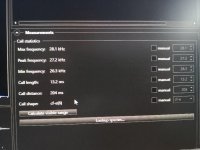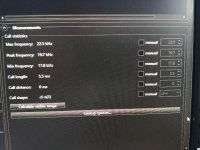jurek
Well-known member
You have no idea how many people tried this over several decades and failed.I'd love a shazam app for bird calls. I mean you can have all the calls of every bird in say, Ecuador, and then u hear an unfamiliar call you'll not even know where to start looking, let alone play it back!! This is why local guides are worth the money
Maybe more sensible would be a reverse, an app constantly listening and throwing possible bird names matching the sounds around. Especially if it would be able to replay the sound which tempted it, and replay the proper bird call for you to match one with another.












